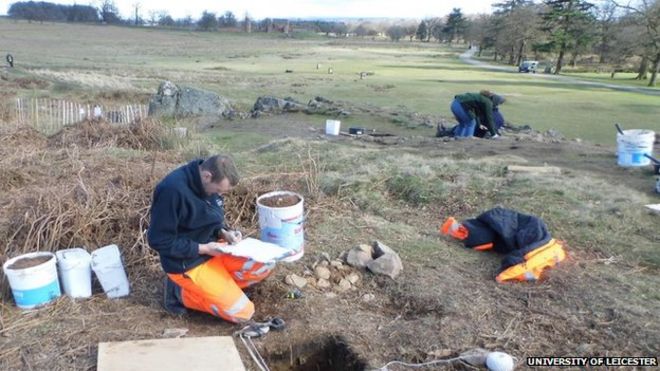The sublime episode of Dr Who brought us again the wonderful character of River Song, beautifully (in every sense of the word) acted by Alex Kingston. River Song is an adult woman, funny, sassy, adventurous and quick-witted with a marvellous dressing sense. More importantly, she is an archaeologist and a wife of Dr Who, the status not granted to any of the other assistants and companions who have come and gone over the years (my husband is a Whovian, so we watch old episodes on the Horror channel where Doctors, assistants and villains are constantly interchangeable). She is something else – in so many ways.
Even as a fictional character, she has more nuances than many other female characters in the movies or TV series. There is more emotional range than one would expect from a series basically directed to tweens, teenagers and their dads. She is the character, together with the assistant pair of Amy Pond and Rory Williams (oh no, they killed Rory – again) and the Victorian lizard lady and her partner, that truly delivers for mums as well. Her trade as an archaeologist is, however, firmly in what I call ‘the Indiana Jones school of archaeology’, a perception of archaeology as the continuation of adventurous exploration of the late 19th century. Think of gentlemen with independent funds visiting the Mesa Verde, the expeditions of different early societies and that sort of thing.
She is probably nearer the character an everywoman – or perhaps more like an everyfemalearchaeologist – would like to be in their more empowered Indiana Jones dreams (not in the ones where they team up and be rescued by Harrison Ford – very few females, even feminist ones, would let that one pass). Tomb Raider with Angelina Jolie is a male day dream, whereas River Song is a more realistic portrayal of a female human being in the dreamland. However, she has common nominators with real women – or at least some things they dream to be. You can also expect her to turn up at a dig and run it without difficulties. Naturally, as the body images go, I cannot expect any fictional characters nor archaeology programme presenters to fit my bill – bespectacled, overweight shorty with a foreign accent – but she is a fantasy figure one would like to be. She is not alien, since she has the familiar kind of sassiness and sarcastic funny manner of speech that remind me of certain female colleagues and departmental workers around.
Archaeology is naturally a shorthand for a licence to explore and raid and even the awesome sonic trowel (well, for an archaeologist) is declared ‘embarrassing’ by the Doctor. The sound bites include River Song’s declaration that an ‘archaeologist is a thief, but with a patience’, which alarmingly puts archaeologists nearer to those trading with illicit antiquities than anybody else. No archaeologist can claim that they do not like finding things, but most of the time people act according to permit systems and ethical codes. The aim for the most is to explain and interpret the past and to show how we got here we are now and what reference the past has with the present. Most real archaeologists do not follow a diamant to the end of the galaxy, but try to understand the relationships of the features in their excavation area.
Archaeology as escapism is nothing new and it comes up constantly in popular fiction, especially in the Anglo-Saxon countries where it is more visible in the media anyway. Captain Picard in Star Trek New Generation was carrying out his explorations in the holo deck and a more realistic and interesting portrayal is in the recent Detectorists comedy series on BBC4 where the sympathetic younger character has an archaeology degree and have to explain how he reconciles between two roles and keeps it ethical. I must say I watch it more because of human portrayals of Toby Jones and Mackenzie Crook. The latter has also written and directed the series, so does he actually have studied archaeology... He so acutely describes the different characters who are in archaeology and in [ethical] detectoring...
Nevertheless, Dr Who and Detectorists give us perceptions of archaeologists from the people who do not really know and those who do. It would be nice to travel the universe and drop the oneliners like ‘I am an archaeologist. I dug you up.’, but it would be nice to be seen more realistically as well. However, there is no better fictional female role model than River Song in the guts terms.

















































